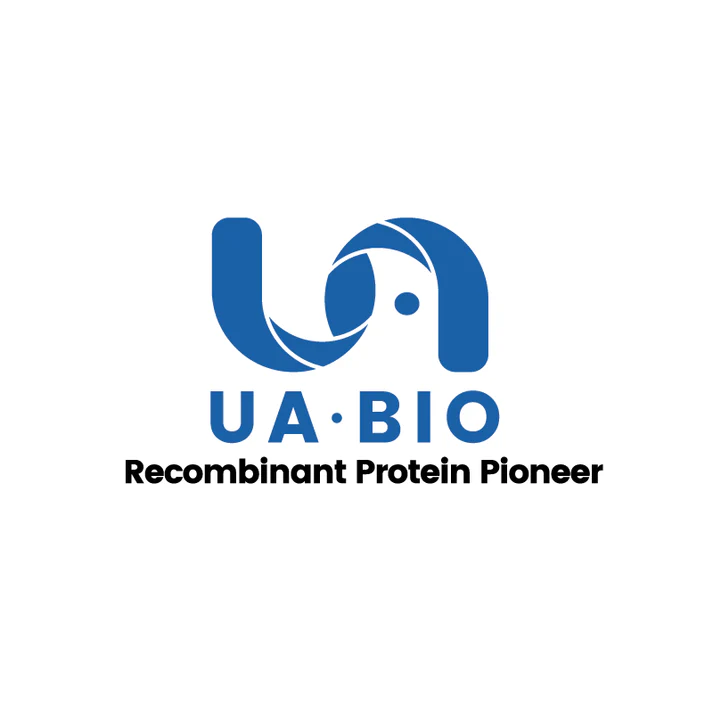1μg (R: reducing condition, N: non-reducing condition).
Product Details
Product Details
Product Specification
| Species | Human |
| Synonyms | C-C motif chemokine 4; LAG-1; Macrophage inflammatory protein 1-beta; SCYA4 |
| Accession | P13236 |
| Amino Acid Sequence | Ala24-Asn92 |
| Expression System | E.coli |
| Molecular Weight | 15kDa (Reducing) |
| Purity | >95% by SDS-PAGE and HPLC. |
| Endotoxin | <0.1EU/μg |
| Conjugation | Unconjugated |
| Physical Appearance | Lyophilized Powder |
| Storage Buffer | 20mM Tris, 300mM NaCl, pH8.0 |
| Reconstitution | Reconstitute at 0.1-1 mg/ml according to the size in ultrapure water after rapid centrifugation. |
| Stability & Storage | · 12 months from date of receipt, lyophilized powder stored at -20 to -80℃. · 3 months, -20 to -80℃ under sterile conditions after reconstitution. · 1 week, 2 to 8℃ under sterile conditions after reconstitution. · Please avoid repeated freeze-thaw cycles. |
| Reference | 1. T Nguyen-Hoai (2016) Cancer Gene Ther. 23(6):162-7. |
Background
CCL4 (macrophage inflammatory protein-1β, MIP-1β) is a CC chemokine that belongs to the group of inflammatory chemokines and acts as a chemoattractant for different immune effector cells such as immature DC, TH1 T cells, NK cells and monocytes. In contrast to CCR7 that is expressed on mature DC and naive T-cell subsets, the CCL4 receptor CCR5 is expressed on immature DC and TH1-polarized T cells. CCL4 can activate chemokine receptor CCR5, which is involved in diverse immune responses. Among the diverse chemokines, CCL4 and its receptor CCR5 have been a focus of research on HIV. CCL4 is also secreted by CD8 + T cells and attracts monocytes, natural killer cells, and other immune cells.
Picture
Picture
SDS-PAGE
RP-HPLC
>95% as determined by RP-HPLC.


